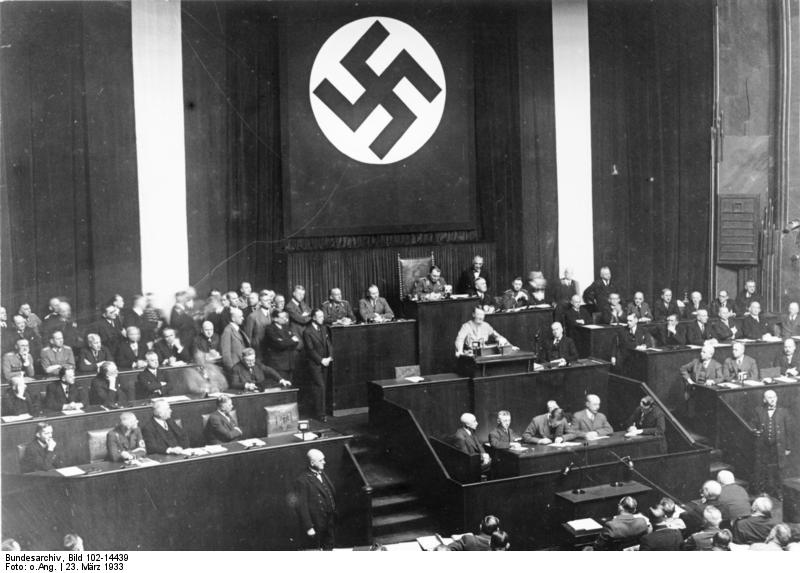
The last parliamentary elections before the end of World War II were held in Germany on this day. The goal of Hitler’s Nazi Party (NSDAP) was to achieve a majority, in order to consolidate their newly-won power. Namely, in January that year Hitler had become the German chancellor, despite the fact that he did not have an absolute majority in parliament (the social-democrats and communists together had more representatives).
Hitler used the Reichstag (German parliament building), done by a communist-pyromaniac, in order to blame all communists and put them outside the law. Despite their best efforts, the Nazis still didn’t manage to win the absolute majority at these elections. They received 43.91% of the votes. The SPD (the social-democrat party, which still exists today) came in second with 18.25%, while the communists were third with 12.32%.
It is interesting to observe the allocation of votes in Germany according to region. Namely, the Nazis generally did not achieve a majority in electoral units which were predominantly Catholic, and indeed many members of the Church actively opposed the Nazis.
Even so, Hitler’s electoral results were enough to pass the notorious Enabling Act of 1933 (German: Ermächtigungsgesetz), which allowed him and his government to enact laws without the consent of the parliament. This soon led to the abolishment of democracy and the introduction of the Nazi dictatorship.




